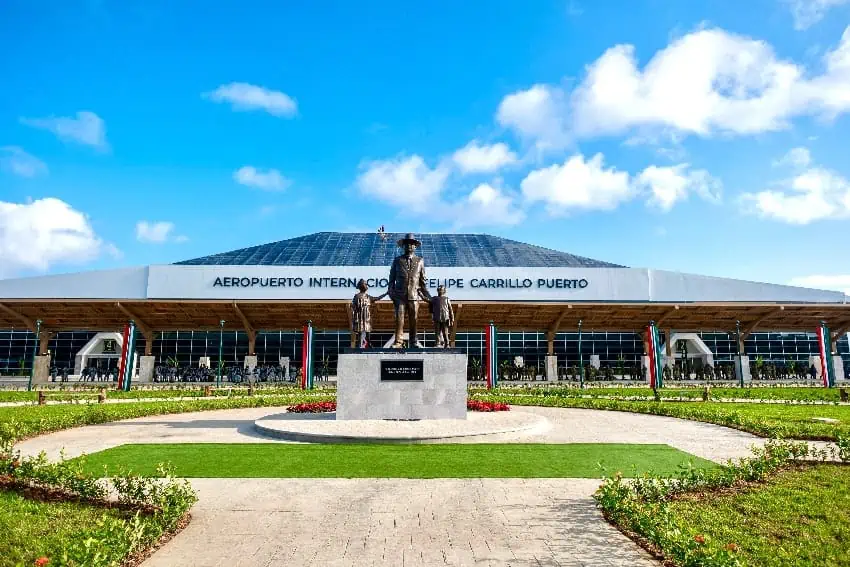Industry in Mexico hits its best streak of growth in nearly 10 years

Industrial activity in Mexico increased every month between March and October, the longest winning streak in almost 10 years.
National statistics agency INEGI reported Tuesday that industrial activity increased 0.6% in October compared to September, the best result since June. That extended the period of successive month-over-month growth to eight months.
INEGI’s “Monthly Indicator of Industrial Activity,” or IMAI, measures output in the construction, manufacturing, mining and energy/water sectors.
The last time Mexico recorded a longer streak of month-over-month industrial sector gains was in the nine-month period between October 2013 and June 2014.
Construction sector drove growth in October
Data shows that construction activity increased 4.7% compared to September, easily outpacing month-over-month growth in the three other sectors assessed by INEGI.
Mining sector growth was 0.6%, while activity in the electricity/natural gas/water sector increased 0.1%. Manufacturing sector activity declined 0.4% compared to September.

Public infrastructure projects such as the Maya Train railroad and the recently-opened Tulum airport have helped increase construction sector activity, as have private residential, industrial and commercial projects, some of which are related to the the growing nearshoring phenomenon.
And in annual terms
Construction sector activity was also the impetus for a 5.2% annual increase in overall industrial activity in October.
Construction activity surged 27.5% compared to the same month of 2022, electricity/gas/water sector activity rose 7%, manufacturing output was 0.5% higher and mining output edged up by 0.1%.
INEGI also reported annual gains for the 10-month period between January and October.
The construction sector was once again the winner, with activity up 15.1% compared to the same period of 2022.
Within that category, activity related to the construction of civil engineering projects increased by an impressive 80.5%.
Annual growth for the January-October period was 3.7% for the electricity/gas/water sector, 2.1% for mining and 1.5% for manufacturing.
The overall annual increase in industrial activity was 3.9% compared to the first 10 months of last year.
Expert views
Víctor Gómez Ayala, head of analytics at the Mexican Institute for Competitiveness (IMCO), noted that public spending on infrastructure projects won’t continue growing as it has in recent times.
Román Moreno Soto, an economics professor at the National Autonomous University, highlighted that government spending on public projects will decline by almost 30% next year. That will have an impact on the construction sector, he said.
As a result, ongoing construction sector dynamism “will depend on the capacity of the private sector” to invest, said Moreno, who highlighted the importance of “the relocation of companies” to the overall performance of the industry.

JPMorgan – whose CEO Jamie Dimon recently lauded Mexico as a nearshoring and business destination – says that the “investment boom” in Mexico’s industrial real estate sector “should continue” as the nearshoring phenomenon gains strength.
Gómez, who was quoted in an El Financiero newspaper report, noted that private investment directed to Mexico’s construction sector is greater than public investment, and said that the prevailing situation would probably continue due to spending by foreign companies relocating here.
As for manufacturing sector activity, the IMCO analyst said that data could be erratic in the near future.
Mexico’s manufacturing sector depends heavily on demand in the United States, and that demand is contingent on the strength of the U.S. economy.
The OECD is predicting that both the United States and Mexico will record lower economic growth in 2024 than in 2023.
With reports from El Financiero
Source: Mexico News Daily

